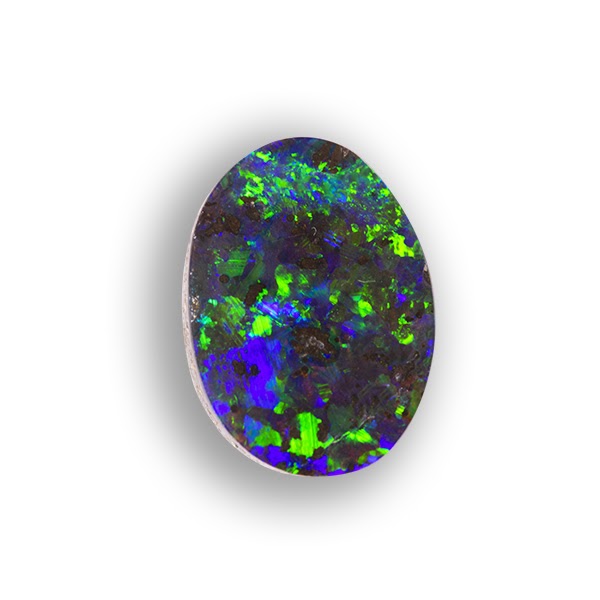Opals are one of the most valuable gemstones in the world. Their gleaming lustre is frequently unrivalled, making them ideal for use in jewellery. Opals Australia have a lengthy history, and the vibrant colours they exhibit make them popular among collectors, geologists, and jewellers. The vivid colours of rare opal have made it a favourite among royalty throughout history.
Silica and water are used to create the stone. Opal deposits can be found in the crevices and cracks of almost any rock, but limonite, sandstone, and basalt are the most prevalent. Opal occurs in a variety of colours and shapes, but the most well-known is the precious opal.

Read these fascinating facts about opal to discover more about this magnificent stone.
-
The word opal is derived from the Latin word opalus.
The name “opal” is thought to be taken from the Latin word “opalus,” but others say it is derived from the Sanskrit word “pala,” which means “precious stone.”
-
Opal can be valuable or inexpensive.
The two types of opal most commonly seen are common and valuable. The optical effect that each produces is what distinguishes them. While both common and valuable rare opals in Australia are opalescent, the degree of opalescence varies. Precious opal has a unique colour play that is not found in other opals.
The opalescence of a precious genuine Australian opal is caused by voids between the silica spheres in the stone’s interior structure. These openings allow light to pass through, resulting in the vibrant, colourful refractions that we associate with opal. On the other hand, common opal is considerably more straightforward, with a hazy, milky lustre.
-
Opal comes in a variety of colours.
Both precious and ordinary opal comes in a wide range of colours. Though precious opals come in a wide range of colours, including yellows, greens, blues, and reds, the “colour” of a precious opal refers to the stone’s background colour. Almost any colour can be used; however, the most frequent are white, green, and transparent.
Common opals are available in a variety of colours, including purple, pink, blue, and green. However, because of their more basic appearance, they are frequently mistaken for quartz variations.
-
Opal is a mineral rather than a crystal.
Opals, like obsidian, amber, and pearl, are a hydrated amorphous form of silica that is classified as a mineraloid. A mineraloid is a naturally occurring substance that lacks crystallinity, which means that its atoms are not grouped at regular intervals like they are in crystals.
-
Opal is Australia’s national gemstone.
Over 95% of the world’s precious opals are mined in Australia for use in jewellery. Because of the abundance of opal in Australia, it is an obvious choice for the country’s national gemstone. The production of opals is frequently linked to rainbows in indigenous Australian mythology, earning it the moniker “rainbow stone.”
According to legend, an ancestor entity arrived on earth on a rainbow, and when the rainbow reached the ground, all nearby pebbles and rocks began to sparkle and convert to opal and can easily be found in opal websites for opal sales in Australia.
-
The Virgin Rainbow opal is the most valuable in the world.
The Virgin Rainbow, the world’s most valuable opal, is worth over a million dollars. John Dunstan discovered it in Australia in 2003. The opal was produced in the skeleton of a Belemnite, an ancient ancestor of the modern-day cuttlefish, and discovered there. The South Australian Museum presently owns and displays the Virgin Rainbow.
